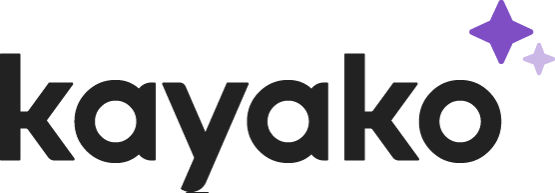Once upon a time, you needed to physically go stand in a line to get help. You’d take a Ticket and queue until the customer service team could resolve your issue. The customer would then leave with their patched up fax machine, and you’d never see them again.
Thankfully, the Internet arrived and we were able to shift these conversations over to email. We no longer needed tickets to hold our place in line. We could start a conversation on Monday and end it on Friday. We could go back and forth without having to take up a new Ticket each time.
So why does the Ticket still stubbornly remain in modern help desk vocabulary? Why do we still refer to customer interactions as tickets? Because no one has suggested anything better. It remains with us as a relic of the past, even as the one-off transactions that tickets represent no longer have a place among the ideals of customer success.
We’re all focused on developing relationships with customers, building long-term value, breaking down department silos — where exactly does ticketing software fit into that? The entire organization is tasked with making the path to success as frictionless as possible, yet your help desk ticketing software is pigeonholing issues into a single ticket within a single department?
The terms we use matter just as much as tools. We can’t think of customers in terms of tickets anymore – it’s no longer useful in a world of customer success that revolves around engagement, advocacy and retention.
Here’s why I think we need to throw out the word “Ticket” and start thinking of them as customer conversations:
Tickets are disposable
When you start a live chat, chances are high that the support team opens a Ticket behind the scenes, assign it a number and eventually mark it as “closed.”
Tickets are meant to work just like that. They are ‘Admit One.’ They represent a transaction that has no value once complete. After one use, we throw them away, never to be seen again.
In the world of relationship focused customer support, is this really the message you want to share with your customer?
Tickets are 1 to 1
Tickets as we know them today allow one customer to talk to one support rep. What if more people need to get involved? Then the rep hands off the ticket and the customer to a different department where they have to start the story all over again. Ouch.
Can we really make our customer interaction frictionless with so much friction around?
It’s still difficult to collaborate on a Ticket, which is especially poor timing. Customer success today needs to come from more than one person at a company.
It’s necessary to reach out across teams and people to resolve complex issues effectively.
The best support today needs to be unified and able to activate resources across departments to get the right answer to the right customer.
Tickets have no context
It’s time to retire the Ticket, and start talking like the customer success pros we are.
The experiences our customers have prior to contacting support matter. The steps they take to contact support matter. Their end goal matters. Their journey often starts before they ever open a ticket. But the Ticket can’t tell us any of that. The Ticket doesn’t give us context about the customer journey.
As a customer-obsessed organization, you need to be equipped with a full view of the customer life cycle to have all the information you need to help customers be successful with your product. No series of tickets can help you do that.
Customer issues don’t exist in a bubble – and neither should tickets. Let’s get Ticket out of our vocabulary, and start seeing customers as who they really are: humans.
Tweet it:
Grow your business through better customer service with Kayako, the unified customer service platform. Start your free 14-day trial!
